-
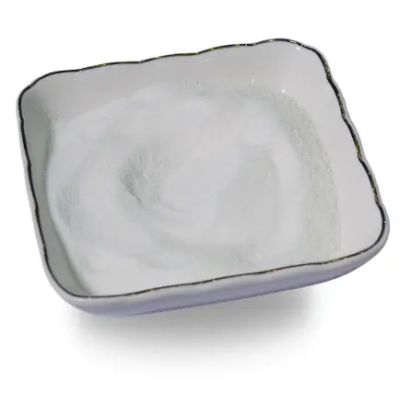
N-Acetyl-D-methionine CAS:1509-92-8
N-Acetyl-D-methionine is a significant chemical compound with diverse applications in organic synthesis, biochemical research, and pharmaceutical development. With the molecular formula C7H13NO3S, it represents an acetylated derivative of the D-enantiomer of the essential amino acid methionine. Renowned for its high purity, stability, and unique stereochemistry, N-Acetyl-D-methionine plays a crucial role as a building block in peptide synthesis, pharmaceutical intermediates, and biochemical studies. Its applications extend to use in custom peptide design, drug discovery, and investigations related to methionine metabolism, making it valuable for researchers, healthcare professionals, and scientists in various scientific and industrial domains.
-

AC-Lys-OH CAS:1946-82-3
AC-Lys-OH, or N-Acetyl-L-lysine, is a chemical compound commonly utilized in peptide synthesis and biochemical research. With its specific molecular properties, it serves as a valuable reagent for modifying peptides and proteins, contributing to advancements in pharmaceutical development and scientific investigations.
-
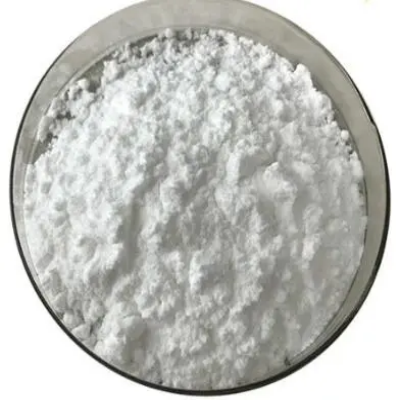
MethanesulfinicAcidSodiumSalt CAS:20277-69-4
Methanesulfinic Acid Sodium Salt is a chemical compound with the molecular formula CH3NaO2S. It is the sodium salt of methanesulfinic acid, a sulfinic acid derivative. This compound is characterized by its white crystalline appearance and plays a significant role in various chemical and industrial processes.
-

N-(9-Fluorenylmethoxycarbonyloxy)succinimide CAS:82911-69-1
N-(9-Fluorenylmethoxycarbonyloxy)succinimide is an organic compound commonly used as a reagent in peptide synthesis and protection. It plays a critical role in the selective protection of amino groups in peptides and proteins, facilitating controlled peptide bond formation and sequence manipulation.
-
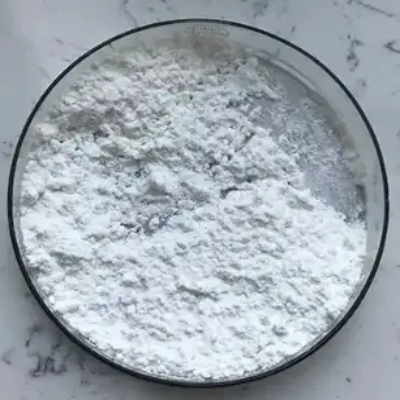
N(alpha)-fmoc-N(in)-boc-L-tryptophan CAS:143824-78-6
N(alpha)-fmoc-N(in)-boc-L-tryptophan is a compound used in peptide synthesis to protect the amino group of tryptophan during the assembly of complex peptide structures.
-

Nα-(Benzyloxycarbonyloxy)Succinimide CAS:13139-17-8
Nα-(Benzyloxycarbonyloxy)Succinimide is an organic compound commonly used in peptide synthesis and protection. It plays a crucial role as a reagent for the selective protection of amino groups in peptides and proteins, facilitating the creation of specific sequences during peptide assembly.
-

S-(-)-2-ChloropropionicAcid CAS:29617-66-1
S-(-)-2-Chloropropionic Acid, also known as L-2-chloropropionic acid, is an organic compound with the molecular formula C3H5ClO2. It exists as a chiral molecule, with the “S” designation indicating its stereochemical configuration. This compound is characterized by the presence of a chlorinated propionic acid structure and is notable for its specific optical activity. With its distinctive properties, S-(-)-2-Chloropropionic Acid finds applications in various chemical and industrial processes.
-

Benzenepropanoicacid,a-hydroxy-b-methoxy-b-phenyl-,(aS)- CAS:178306-52-0
Benzenepropanoic acid, α-hydroxy-β-methoxy-β-phenyl-, (αS)-, commonly known as naproxen, is a nonsteroidal anti-inflammatory drug (NSAID) used to alleviate pain, fever, and inflammation. It acts by reducing prostaglandin levels in the body and is effective for various conditions including headaches, arthritis, menstrual cramps, and muscle aches. Available in prescription and over-the-counter forms, it is often recommended for long-term use in managing chronic conditions.
-
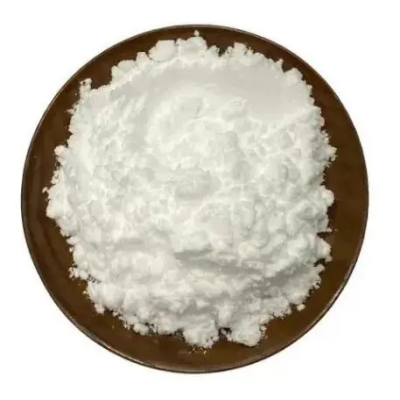
5-METHYLNICOTINICACID CAS:3222-49-9
5-METHYLNICOTINICACID, also known as 5-methylnicotinic acid, is a derivative of nicotinic acid. It is a compound with the molecular formula C7H7NO2 and a molar mass of 137.13 g/mol. This organic compound is characterized by the presence of a methyl group attached to the pyridine ring, leading to its distinct properties and potential applications in various fields.
-
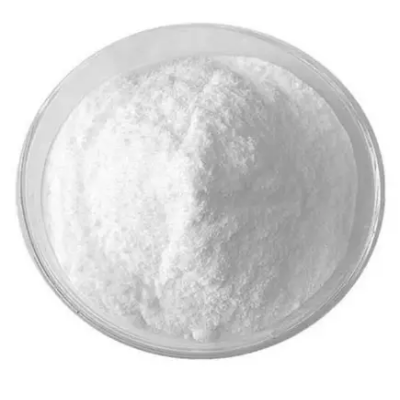
5-Azacytosine CAS:931-86-2
5-Azacytosine is an organic compound with the molecular formula C4H5N3O. It is a modified form of cytosine, containing a nitrogen atom in the place of the carbon atom of the pyrimidine ring. This compound is notable for its structural and functional differences from cytosine, making it of interest in various scientific and applied fields.
-

Cytosine CAS:71-30-7
Cytosine is a nitrogenous base found in nucleic acids such as DNA and RNA. It is one of the four main bases that make up the genetic code, along with adenine, guanine, and thymine (in DNA) or uracil (in RNA). With a molecular formula of C4H5N3O, cytosine plays a crucial role in the genetic information storage and transfer processes within living organisms.
-
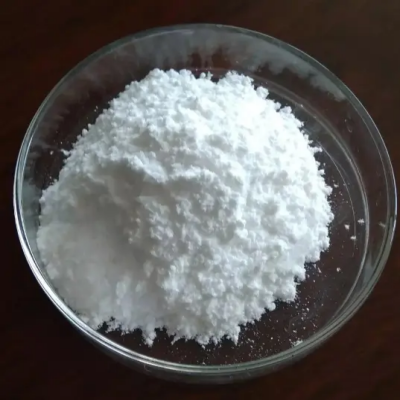
Fmoc-S-trityl-L-Cysteine CAS:103213-32-7
Fmoc-S-trityl-L-Cysteine is a compound commonly used in peptide synthesis and protection. It serves as an important reagent for masking the thiol group of cysteine, enabling controlled peptide bond formation and protecting specific functional groups during peptide assembly.

